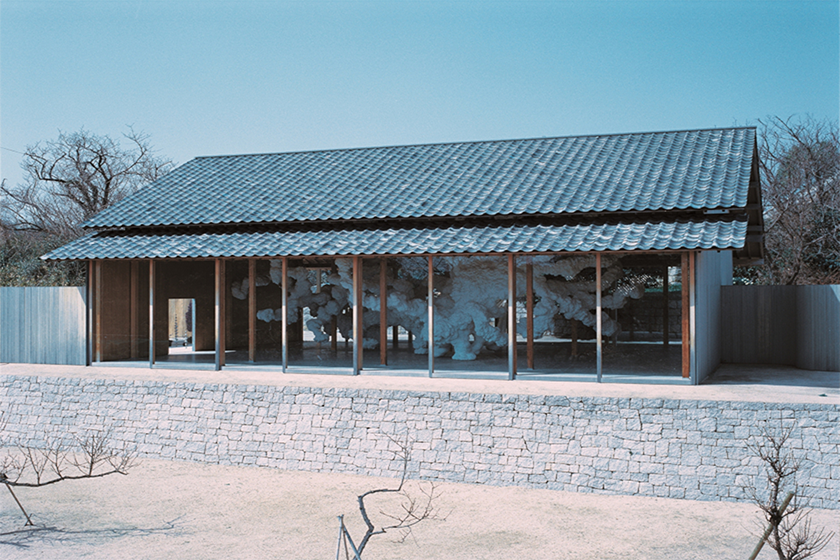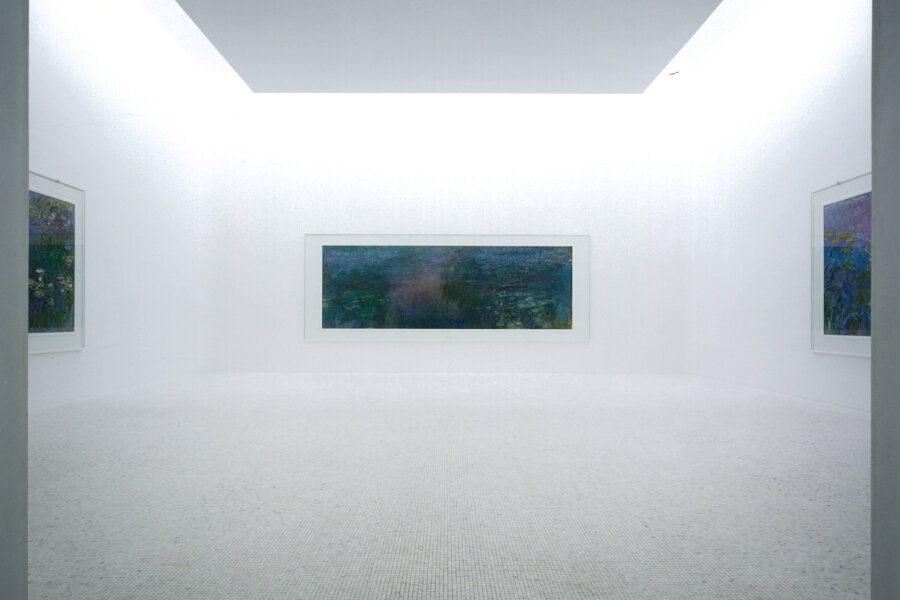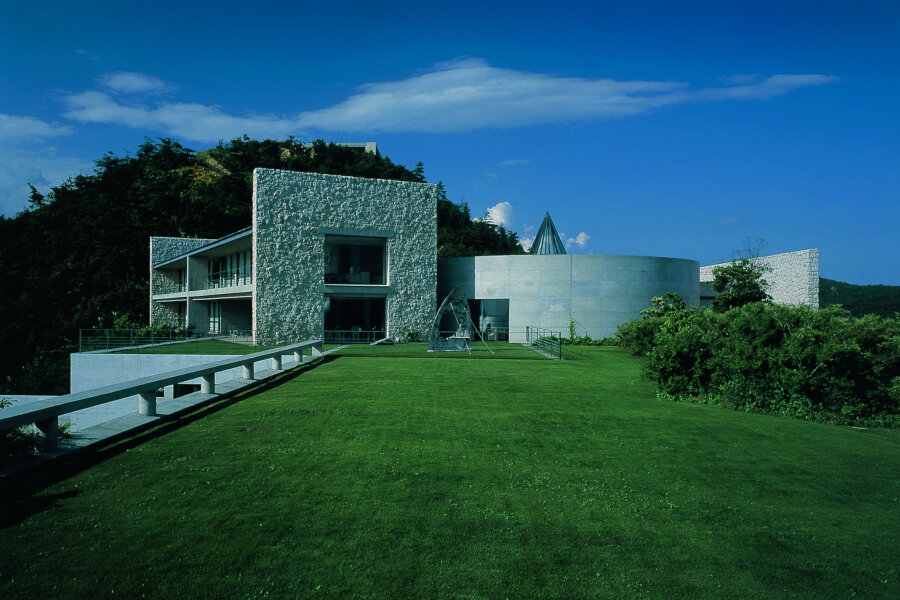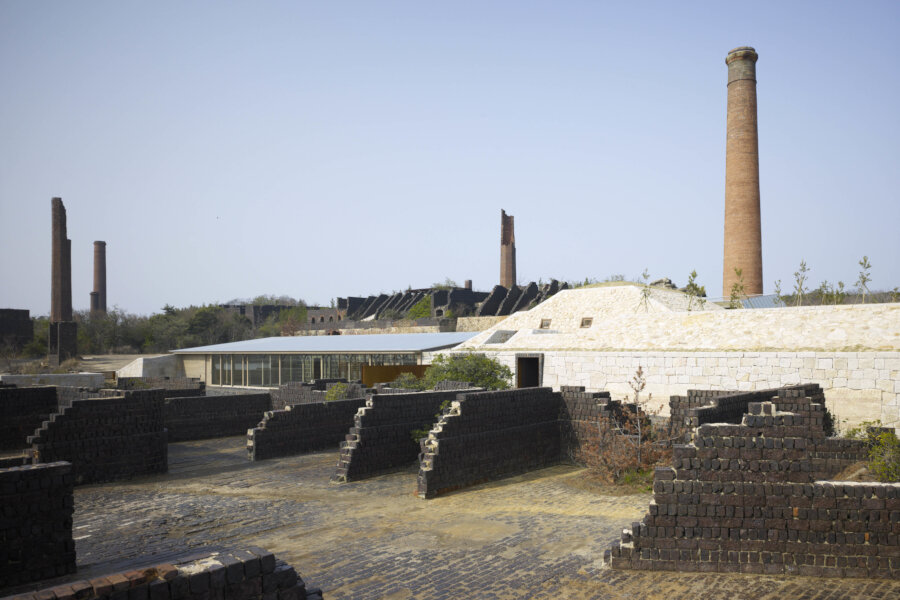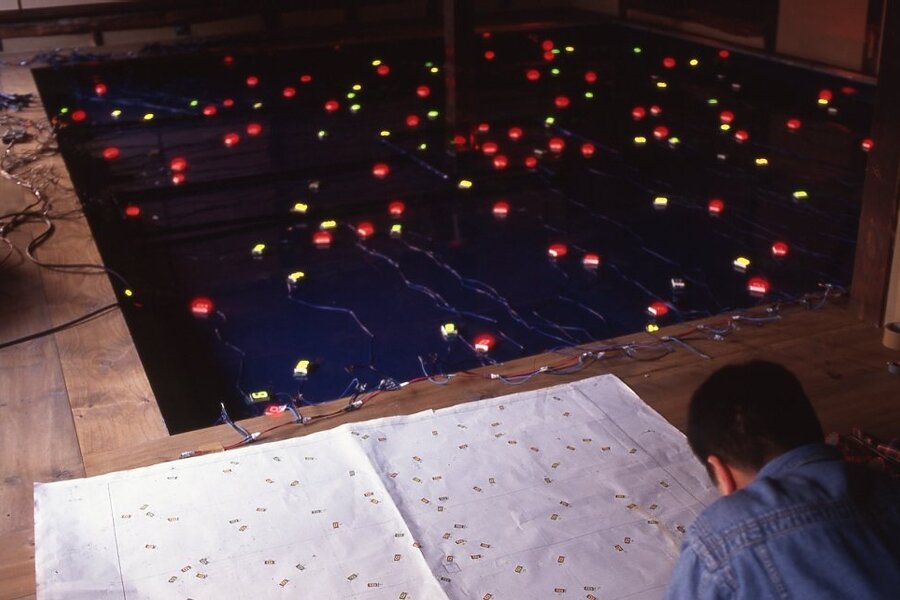Archive series 4th : the Lee Ufan Museum's production process
"Benesse Art Site Naoshima - Archive series" takes a look back through the records of Benesse Art Site Naoshima, the art project founded in the 1980s. In this installment, we will be introducing a part of the Lee Ufan Museum's production process.
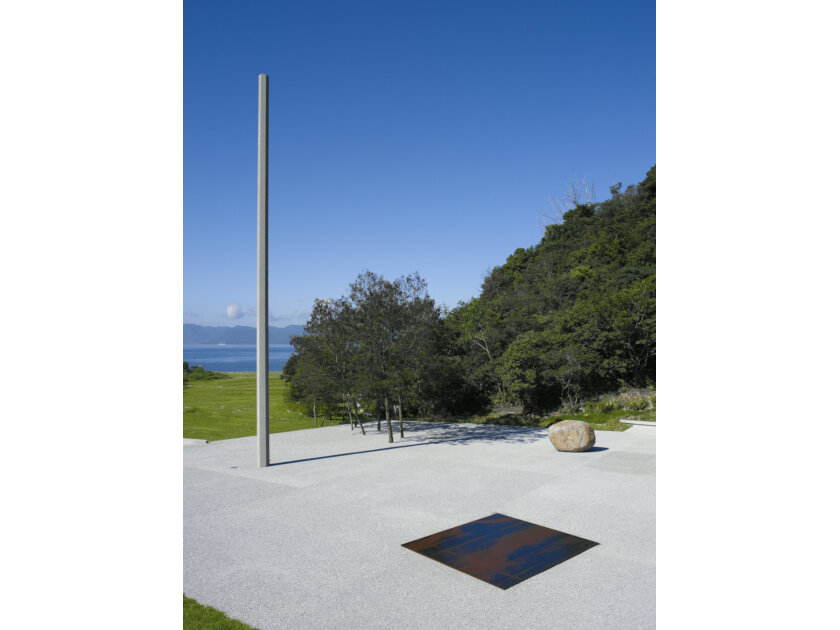
The Lee Ufan Museum, which opened in a valley in Kuraura, Naoshima on June 15th, 2010, is a museum by a single artist bearing the name of the artist Lee Ufan, and its architecture is the work of Tadao Ando. Lee's masterpieces from the 1970s to the present are exhibited here and other than his art, the mutual influences of the art, architecture, and surrounding scenery create a serene yet dynamic space.
Natural stone is one of the materials that Lee uses in his work. When producing art, Lee focuses on mining stone from the region in which that piece of art will be displayed, and in the case of the works at the Lee Ufan Museum as well, Lee toured the mines of Setouchi such as Okayama and Kagawa and even visited rivers in mountainous areas.
Lee says the following about using stone in his art.
"Nature has existed since before humans were born. There are people who say that nature with people is what nature truly is, but I do not assume that position. This world will exist whether or not there are humans"
"The existence that has existed long before humans and is the oldest, purest, and most symbolic element that makes up this galaxy is stone"
*From an artist's talk session at the Lee Ufan Museum in September 2010
Lee sees stone as the representative of nature and something that allows one to experience space. By positioning materials such as iron created from stone and concrete along with natural stone in space, he encourages conversations between humans and nature. In Lee's art, stone likely can be said to be an existence that surpasses the standpoint that is humans and allows one to look at nature and space.
Please read P2-9 "An interview with Lee Ufan: meeting the infiniteness of oneself and the world" in the October 2019 issue of the Benesse Art Site Naoshima PR magazine as well.


